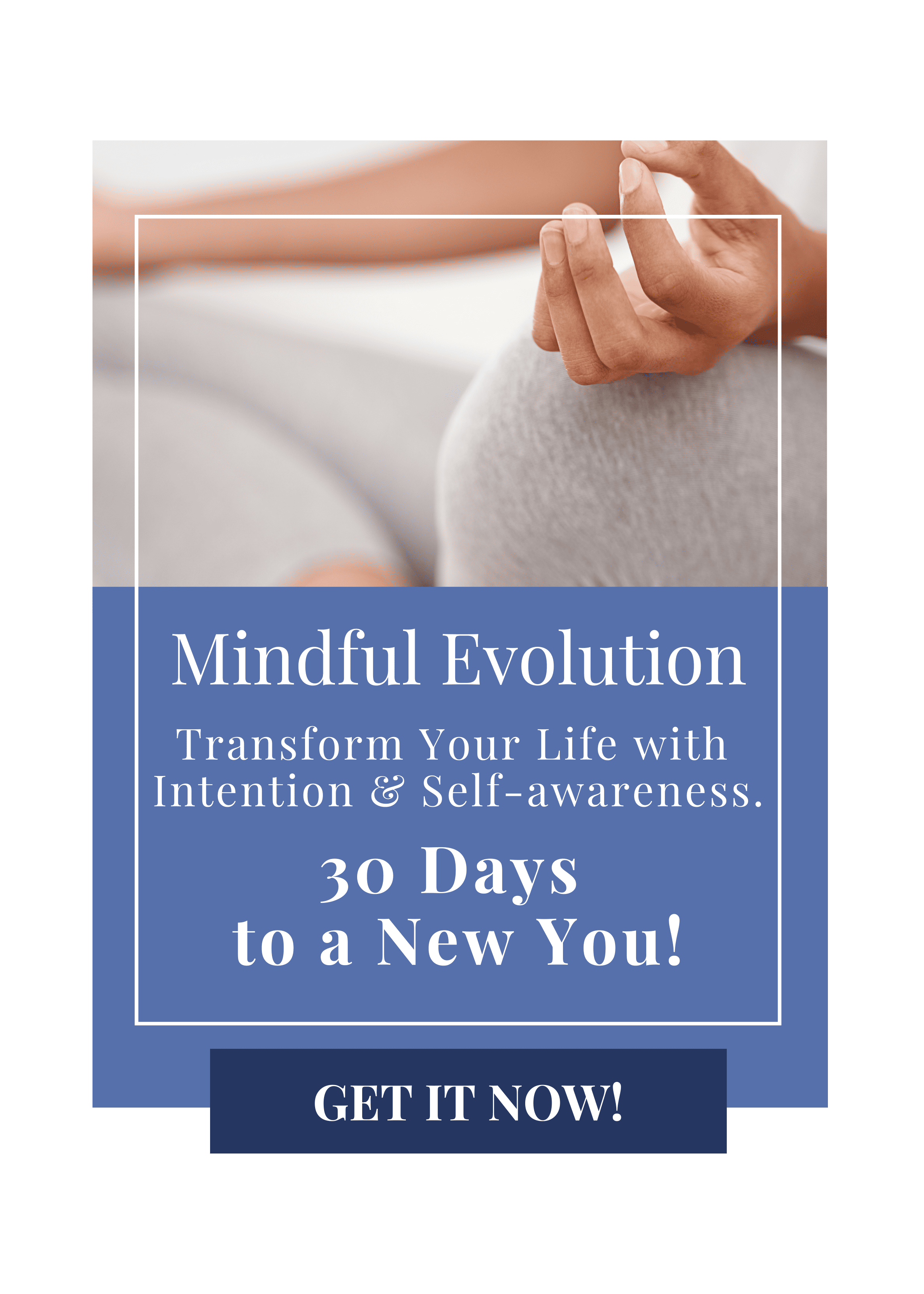Did you know that humming is an easy and quick way to calm yourself when you’re feeling stressed?
Humming and whistling are relaxation and southing techniques that many people use to calm themselves when feeling unsafe or unsure. They do this without thinking as it comes naturally to us as humans to use vibrational frequencies to calm and relax ourselves.
Humming is a powerful technique to calm yourself, which is also why there is a yogic breathing technique called “humming breath” which I often use with my clients, and several yogic chants use a form of humming.
Humming is a simple yet powerful tool that can positively impact various aspects of your health and well-being with little effort. When you are humming, you are also boosting your immune system and improving the health of your nervous system. Humming in itself actually has several beneficial effects on both mind and body besides helping reduce your stress levels.
It can improve sinus health, enhance lung capacity by encouraging deep breathing, boost your mood by releasing endorphins, improve sleep by soothing the mind, enhance vocal control and strength, promote mindfulness, improve concentration, and increase facial muscle tone.
But most importantly it can help you manage stress, right there in the moment when you are experiencing it, as it is available to you 24/7.
4 benefits of humming that help reduce stress.
Humming increases nasal Nitric oxide (NO) which is a gas released by the nose as you breathe in. It sterilizes the air you breathe and therefore helps protect your lungs and your body. It also plays a path in increasing the oxygenation of the cells and reducing blood pressure.
Humming improves your heart rate variability (HRV) which is an important metric of how well you can deal with and recover from stress. When you hum, you switch your nervous system state from stress mode into relaxation mode.
Humming will increase the length of your exhale. Increasing the length of your exhale to the length of your inhale, is a powerful technique to quickly decrease stress levels used in many breathing techniques.
Humming stimulates your vagus nerve as it runs through the larynx (your voice box) and pharynx (your throat) in your neck. When you’re humming you create a vibration in the throat that stimulates your vagus nerve and helps improve the health of your vagus nerve.
(The vagus nerve is a crucial component of your nervous system, it controls involuntary body functions, and plays a pivotal role in regulating heart rate, digestive processes, and respiratory rate. It is integral to help calm the body after periods of stress by reducing the heart rate and promoting relaxation.)
Also, check out the article “A step-by-step guide to Humming Beath”
How to hum.
Anyone can hum and you can do it whenever you feel like it. You can do some “random” humming sounds, hum a tune to yourself, or turn on your favorite song and hum along, and see how you feel. If you are near the ocean, humming to the frequency of the waves can also be quite impactful.
If you are up for incorporating some mindfulness into your humming, you can try using well-known chants (repetition of words) to not only stimulate your vagus nerve and bring your stress levels down but also relax the mind and body.
The word Om (or Aum) is a well-known chanting sound used in meditation, yoga, and mindfulness. It mimics humming and produces a vibration that is felt throughout the body, particularly in the chest and throat similar to the sensation of humming.
Saying Ahhh. This simple sound you can make by opening your mouth and vocalizing a long deep “ah” sound, it produces a humming-like resonance in the body.
Chanting the sound Ooo (pronounced as a long “oo” sound when saying the word “moon”).
This chant creates a smooth, continuous sound that resembles humming, especially when done softly and with a focus on the vibration in the lips and chest.
Mmm-ing. Although this is not an actual word, making an extended “mmm” sound with your lips closed directly mimics the act of humming. It’s the same sound you make when you taste something that tastes good or when agreeing with someone.
If you want to learn more about humming. You can also check out the book “The Humming Effect: Sound Healing for Health and Happiness” by Jonathon Goldman and Andi Goldman, which delved into the many benefits of humming.
You might also like “Is your breath holding you back, here’s how you can tell”






